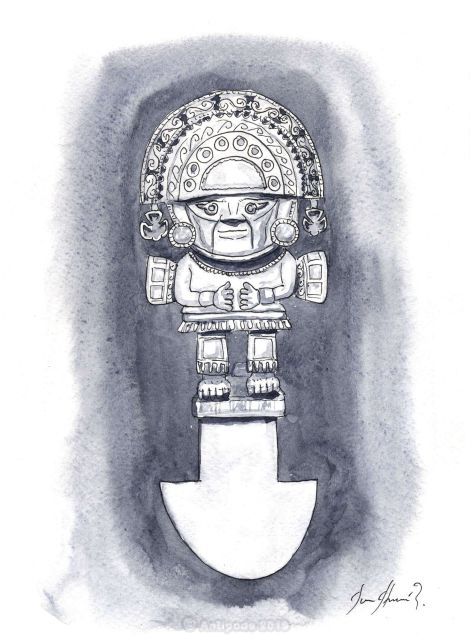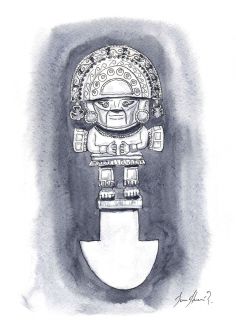

What is the origin of the word Peru?
Several versions are competing to explain the origin of the word "Peru", Spanish Perú. The first one connects the current name to the pre-Inca civilization "Virú", located in the north of Peru. Therefore, when the first European explorers arrived and asked what the place was called, the natives answered: "Virú", which derived into "Perú". The other version, more commonly accepted, is the following. Francisco Pizarro and his men had to stop in what is now Panama City, on land that had already been "conquered", before continuing their journey further south. In the Bay of San Miguel, in the south of Panama and at the limit of the lands known by the Spaniards at that time, there was a local chief named "Birú". When the Spaniards asked what this land was called, they were told that it was the land of "Birú". And by extension, Pizarro continued to call all the lands south of the Isthmus of Panama "Birú" and then "Perú".
Only one thing is certain, the name of Peru is definitively endorsed by an official Spanish document called the "Capitulation of Toledo", dating back to 1529. By this document, the King of Spain gives to Pizarro the title of "governor of lands and provinces of Peru and the city of Tumbes". At that time, and until the time of independence, moreover, the name Peru was associated with the Viceroyalty of Peru, which covered almost the entire South American continent, from the Isthmus of Panama to Patagonia, with the exception of Portuguese Brazil and Venezuela, depending on the Viceroyalty of New Spain (Mexico and Central America).
It was during independence that the territory known as "Peru" was more or less reduced to its present territory.



